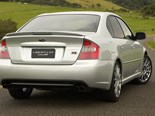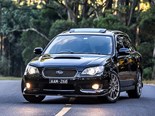Subaru Liberty RS - future classic

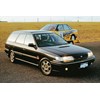
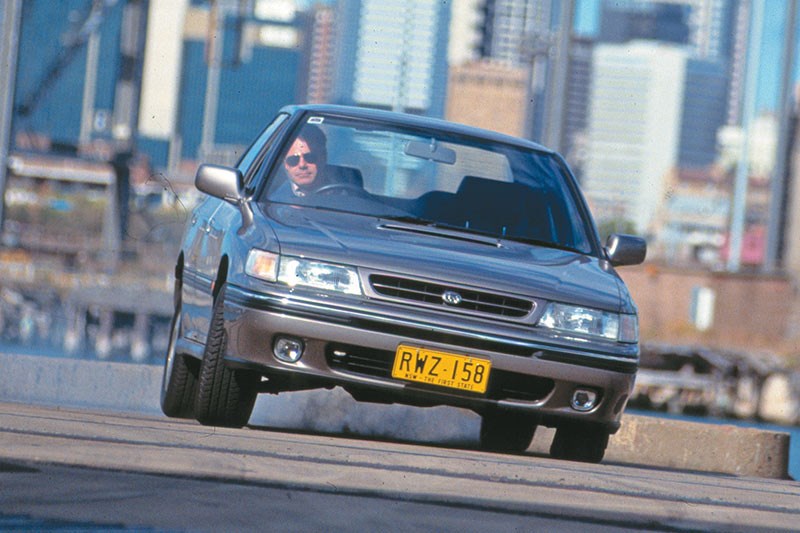

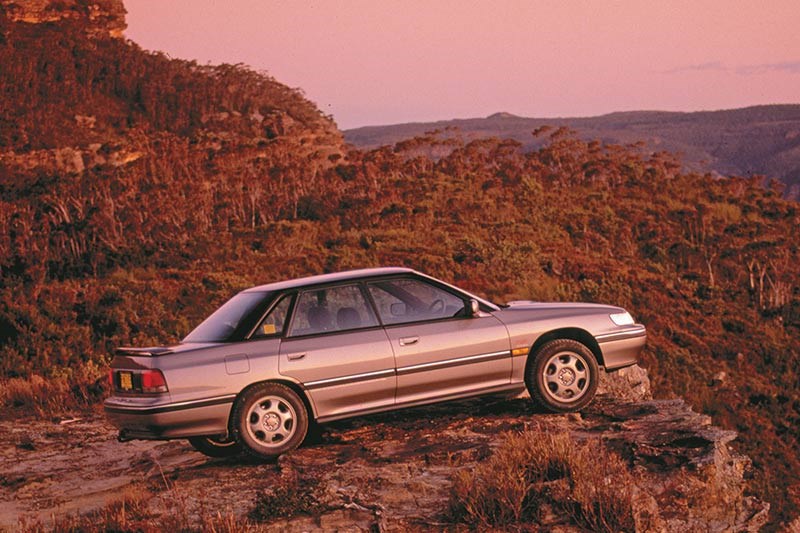



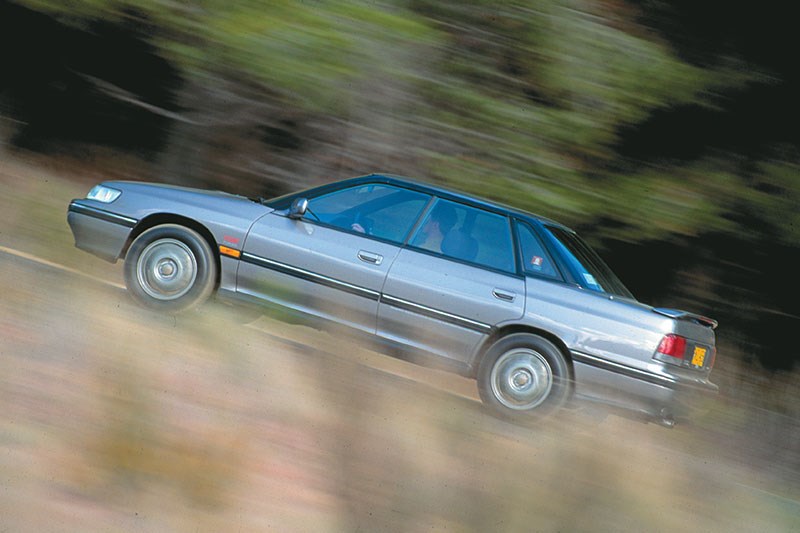



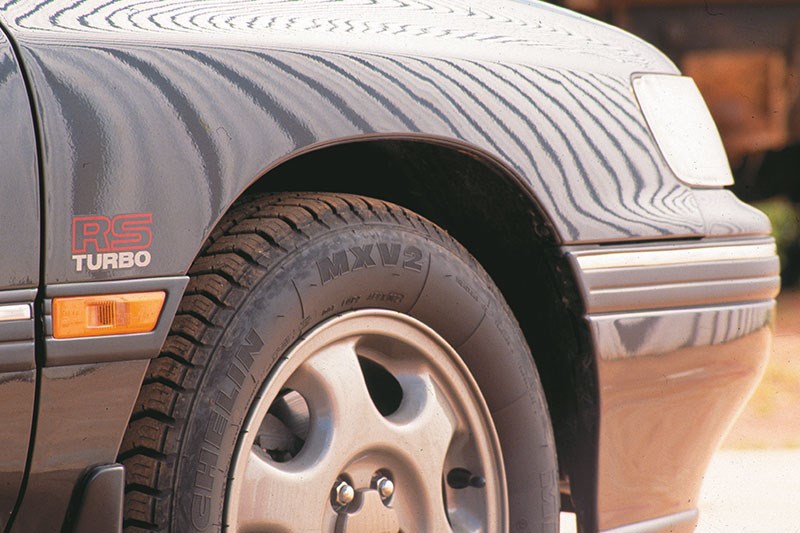


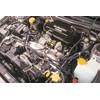
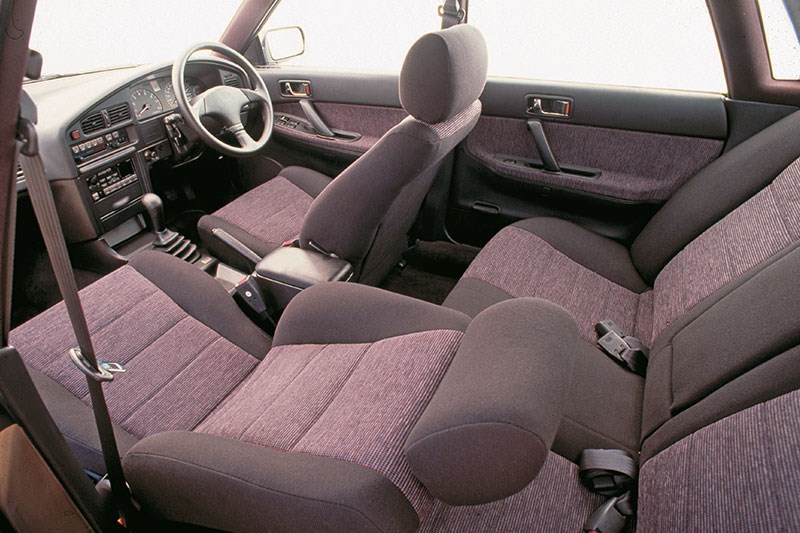

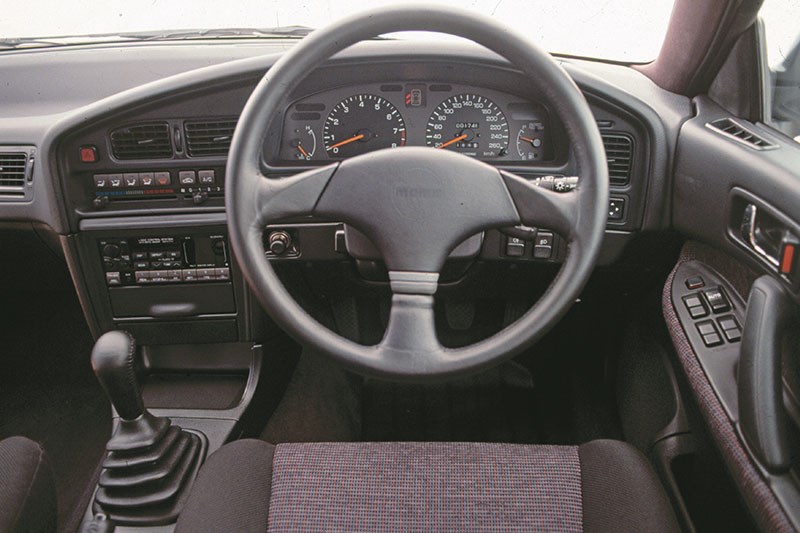


|

|

|

|

|

|

|

|

|

|
The Liberty RS was effortlessly fast and hugely appealing
Subaru Liberty RS Turbo
I remember my first drive of Subaru’s Liberty RS Turbo very clearly. It was a drive mixed with fondness and fear.
That first drive was from Sydney to Bathurst, on the NSW Labour Day weekend of the great race and I knew the roads would be teeming with cops.
The Liberty RS was effortlessly fast, making it hugely appealing and equally adept at masking its speed. On several occasions when I thought I was within a whisker of the speed limit, I’d glance at the speedo to see the needle deep into three digits. Yikes.
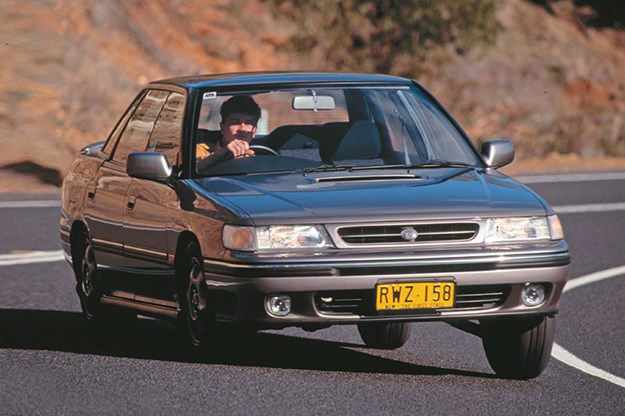
It was unlike anything ever seen from Subaru and set the scene for the brand’s turbocharged performance model future. This unassuming four-door sedan was capable of giving most things badged HSV or HDT a real hard time and if the roads went twisty it was goodbye to the locals. What’s more it did it with bags of comfort, refinement and luxury.
| 2020 Market Review: Subaru Liberty 1989-2006
Before lobbing in Australia late 1991 three RS Legacy (Liberty) turbos spent three weeks setting 15 new endurance and speed records, including the highest-ever average by a petrol-engined car at the time: 223km/h for 100,000 kilometres.
Clearly durability wasn’t going to be an issue.
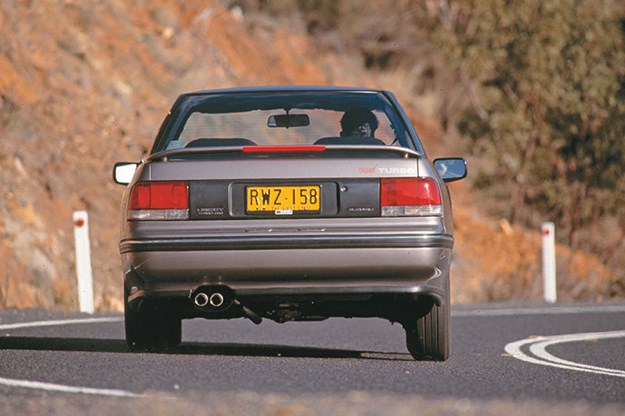
When pressing on the RS cornered flat
The EJ20 2.0-litre boxer engine was 10 per cent smaller in capacity than the basic Liberty donk but produced nearly 50 per cent more power and almost 40 per cent more torque, with a reduced compression ratio to cope with the turbo, set at 0.7 bar of boost. It had 16 valves, quad cams, a more open exhaust and could rev to 6500rpm. It produced a healthy 147kW/260Nm. If that wasn’t enough it could be tweaked to over 200kW without much effort. At the time a four-cylinder car capable of a zero to 100km/h time of 6.9 seconds and a standing 400-metre time of 14.9 seconds was unheard of. Top speed was a very respectable 215km/h.
| Buyer's Guide: Subaru Liberty RS/B4 turbo
Bolted to the boxer engine was a five-speed manual transmission and drive was through Subaru’s asymmetrical all-wheel drive.

The RS Turbo Liberty was a delight on the road, handling fast and slow corners with precision and its change of direction in a series of tight bends was excellent. While the ride was firm, it was never uncomfortable and its suspension did an outstanding job of flattening bumps and dips and soaking up potholes without getting unsettled.
Like the basic Liberty, which was highly-regarded for its equipment levels, the RS came with air-con, 15-inch alloys, front and rear spoilers, side skirts, a bonnet scoop, and a rear apron. Also standard were electric windows and mirrors, fog lamps, a four speaker stereo, cruise control, a sports steering wheel and sports seats. Optional ABS brakes added a further $2000.

The badge says it all
Subaru included the RS in its standard three year/100,000km warranty despite any reservations about mechanical stress and intricacy. Not so kind was the cost of insurance, that was a nightmare, especially for younger drivers.
All of the above should have augured well for strong sales of the blown Suby, especially for performance-hungry Aussie buyers.
Pulling on the sales handbrake was the $38,450 price tag, the recession we had to have and, it must be said, Subaru’s brand cache. Those who looked beyond the latter were rewarded with a real driver’s car.
.jpg)
First here were sedans with the RS wagon added in 1992.
When it arrived in 1992 the wagon offered true high performance family motoring and to many the family hauler was better on the eyes than the sedan. The wagon delivered a fair amount of additional cargo space for just a 55kg weight penalty. Where the wagon did suffer was body rigidity and while the sedan was pretty tight. Squeaks, creaks and rattles found their way into the more open body more readily.
By and large the EJ20 engine is as strong as an ox and the transmissions were pretty robust too. Driveshafts in the RS Turbo were asked to take a lot of punishment with that amount of urge running through them, but replacements or refurbishments aren’t difficult to source.

Puffed up flat four
According to our vehicle value encyclopedia, Cliff Chambers, qualifying for ‘classic’ status involves ticking a few boxes relating to age, sporting pedigree and performance. The RS Liberty ticks most while remaining affordable.
For as little as $10-$15,000, cars that seem in generally good condition can be found, some even come with full or at least partial history. As Cliff reminds us always go for a car of which as much as possible is known about, to avoid the Liberty becoming a liability.

Plush and comfy interior
Wagons offer additional practicality but listen for the rattles and avoid those with trashed load areas. Its best to steer clear of any with towbars as extra weight puts extra stress on all mechanical components.
The Liberty RS Turbo was Subaru’s first attempt at a high performance mid-size car and by all accounts they absolutely nailed it.
FOR:
- Still wonderful to punt
- Decent performance levels, even by today’s standards.
- Parts are reasonably plentiful and won’t break the bank
AGAINST:
- Not many survive
- Insurance may still be disproportionate to purchase price
- You’ll spend a bit of time explaining what it is
1991-1994 Subaru Liberty RS Turbo specs
Number built 40,000 approx
Body Steel, integrated body/chassis, four-door sedan or wagon
Engine 1998cc horizontally-opposed four-cylinder with overhead camshafts and fuel injection
Power & torque 147kW @ 6000rpm, 260kW @ 3600rpm
Performance 0-100km/h 6.9 seconds, 0-400 metres 14.9 seconds (sedan)
Transmisssion Five-speed manual
Suspension Independent with struts, coil springs and anti-roll bar (f). Independent with struts, coil springs and anti-roll bar (r).
Brakes Disc (f) disc (r) power assisted with ABS
Tyres 205/60R15 radial
From Unique Cars #449, February 2021
Unique Cars magazine Value Guides
Sell your car for free right here
Get your monthly fix of news, reviews and stories on the greatest cars and minds in the automotive world.
Subscribe


.jpg)








